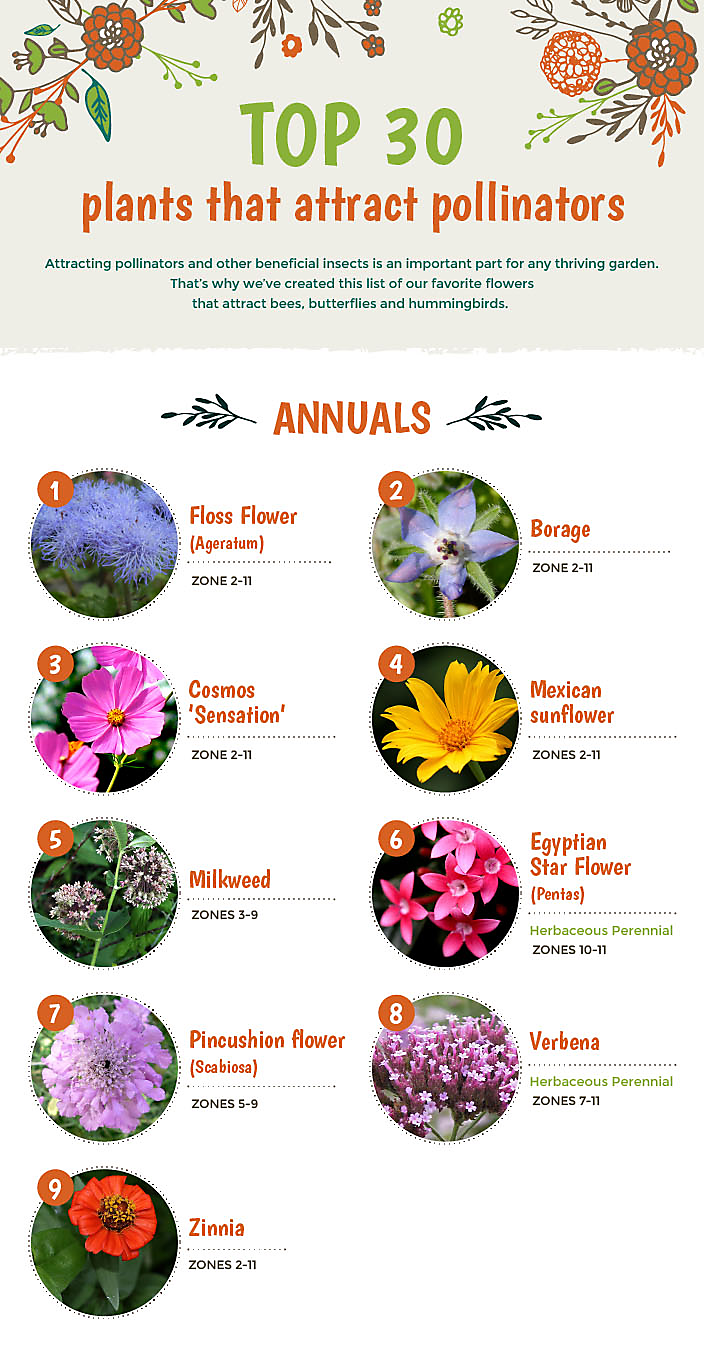Attract Pollinators with Native Plants, Create a Garden Oasis

Creating Pollinator-Friendly Gardens with Native Plants
The Importance of Pollinators
Pollinators are crucial for our ecosystem, facilitating plant reproduction by transferring pollen between flowers. This process is essential for the production of seeds and fruits, which in turn sustains wildlife and human food sources. Bees, butterflies, and hummingbirds are among the primary pollinators, each relying on specific plants for food and shelter.
Native Plants: The Perfect Solution
Adaptation: Native plants are uniquely adapted to local conditions such as soil type, climate, and water availability. This makes them resilient and well-suited to thrive in your garden, providing stability for local ecosystems.
Food Source: They serve as vital food sources for pollinators. For instance, native bees are naturally drawn to flowers indigenous to their region, ensuring a sustainable food supply.
Shelter: Many native plants offer shelter with features like hollow stems or leaves, providing secure resting places and protection from predators for pollinators.
Garden Design for Pollinators
Creating a garden that supports pollinators requires thoughtful planning and design strategies.
Diversity: Planting a diverse array of native species attracts different pollinators, ensuring a continuous bloom season.
Bloom Time: Select plants that bloom at varying times to sustain pollinators throughout the year.
Height and Structure: Incorporate plants of different heights and structures to create layered habitats that cater to diverse pollinator needs.
Water Source: Including sources like birdbaths or shallow pools ensures access to clean water, essential for pollinator health.
Sustainable Gardening Practices
Reduced Chemical Use: Avoid pesticides and herbicides to protect pollinators and maintain ecosystem balance.
Composting: Utilize composting to enrich soil quality, supporting healthy growth of native plants.
Water Conservation: Implement water-efficient irrigation methods to minimize water usage and support sustainable gardening practices.
Creating a Garden Oasis
A pollinator-friendly garden not only supports biodiversity but also enhances the beauty and tranquility of your outdoor space.
Color and Texture: Utilize a variety of colors and textures to create visual interest and depth within your garden.
Pathways and Seating: Incorporate pathways and seating areas to encourage exploration and enjoyment of your garden sanctuary.
Water Features: Integrate water features like fountains or ponds to foster a calming atmosphere and attract wildlife.
For further guidance on creating pollinator-friendly gardens with native plants, explore the Northwest Center for Biodiversity's guide.
Conclusion
Designing a garden that supports pollinators through the use of native plants is not only environmentally responsible but also aesthetically rewarding. By prioritizing biodiversity and sustainable gardening practices, you can create a thriving ecosystem that benefits both wildlife and human enjoyment.
FAQs
Q: How do I choose the right native plants for my region? A: Consult local nurseries or gardening experts to select native plants suited to your specific climate and soil conditions.
Q: Can I use non-native plants in my pollinator-friendly garden? A: While non-native plants can attract pollinators, prioritizing native species ensures better adaptation and consistent food sources.
Q: How do I maintain my pollinator-friendly garden? A: Regular pruning, monitoring for pests, and avoiding pesticides help maintain a healthy ecosystem for pollinators.
Q: Can I use pesticides in my pollinator-friendly garden? A: It's best to avoid pesticides to protect pollinators and other beneficial insects; opt for natural pest control methods instead.
Q: How do I create a water source for pollinators in my garden? A: Provide a clean, shallow water source such as a birdbath or small pond to attract and support pollinators.
This revised article enhances engagement and clarity while emphasizing the importance of pollinator-friendly gardening practices using native plants.
0 Response to " Attract Pollinators with Native Plants, Create a Garden Oasis"
Post a Comment